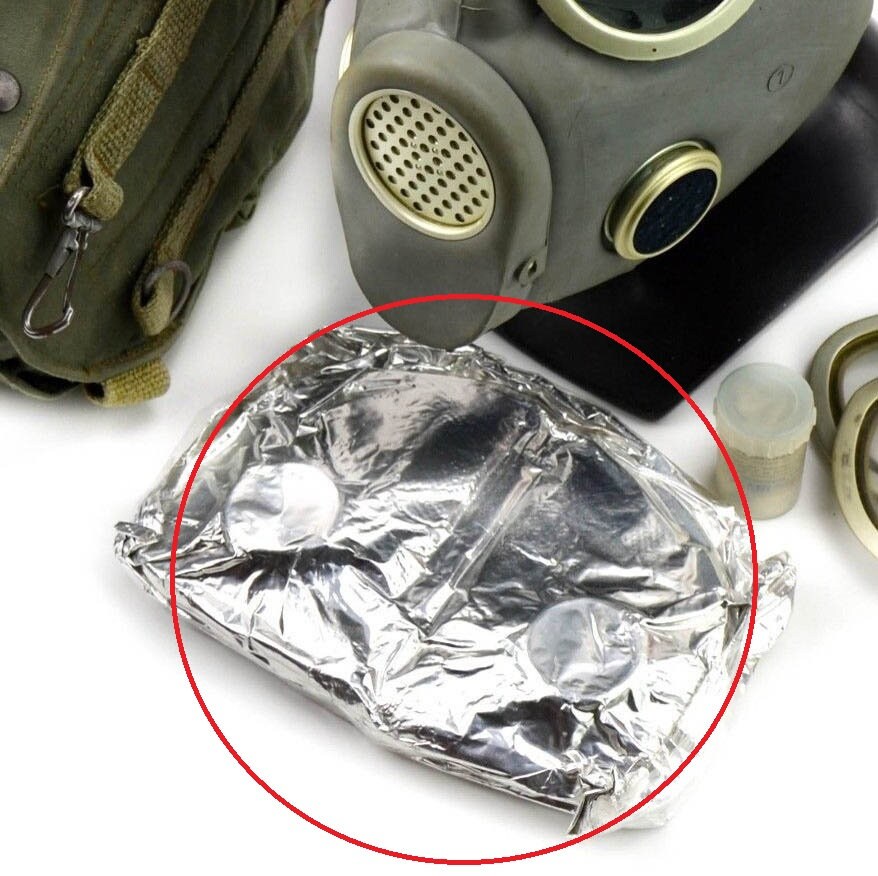

Most filters types are stocked and available on a next day delivery.
– Combined filters protect against both gaseous and particulate contaminantsĪ1-cbiss have a broad range of Pro2000 filters available. – Gas filters protect against organic and inorganic gases and vapours dusts, smoke, welding fumes, mists, micro-organisms and radioactive particles – Particle filters trap solid and liquid particles, e.g. They typically use a standard 40mm DIN screw thread whilst providing high quality and cost efficient protection.Ĭontaminants filters are most commonly identified as: Scott Safety (now 3M) Pro2000 filters are proven to be an excellent choice for use in workplaces with different types of contaminants. Alternatively, wait for breathing to become difficult but by then you’re on the backfoot. Outside of a schedule, the reliance is with the user to remember to change filters. This is probably the easiest way to ensure that filter changes take place in larger teams. Filters can be purchased and sent out to users to ensure that they always have spare filters ready to connect. Timely reminders can be set and communicated through safety teams. Store away from direct sunlight and out of corrosive atmospheres.īeing organised with a filter change schedule is the first step to ensuring that filters are changed in a timely manner. Containers with a seal (an ice cream tub or sandwich box) are suitable for storage.

Prior to storing away, the respirator and filter should be cleaned and dried. Poor storage can dramatically affect the product lifetime. When your respirator and filters are not in use, you need to think carefully about where you should store them. How Can Storage Conditions Affect Your Filter?

Company sterilisation policy relating to COVID-19.To prepare a filter change schedule, you need to consider the following: It is compulsory for companies that operate in hazardous environments to enforce a filter change schedule. Organic compounds like Ammonia or Hydrogen Sulphide have a strong smell and can leave a bitter taste in your mouth. And remember that filters should never be used beyond their expiry date.Īnother way of knowing when to change a gas filter is as soon as you can taste or smell the contaminants. However, if the filter is unopened, it could have a shelf life up to 5 years. Once a gas filter cartridge is open, it will continue to absorb absorb contaminants from the atmosphere. Once the filter is opened, it should always be replaced after 6 months no matter how times it has been used or whether at all. Gas filters should be treated differently to particulate filters. If you decide to ignore this, you are likely to be faced with breathing difficulties. If you are using a respirator with a particulate filter, make sure that you replace the filters as soon as there’s any damage or if the filter gets soiled. Powered air respirators will alarm to say that the flowrate cannot be achieved so this is another way of knowing when to change the filters. This is the first sign of the need to change the filters. After a while, the filters will start clogging up and it will be more difficult to breath in the normal way.
#Changing gas mask filters full#
Wear a half or full face mask or a powered air respirator with particulate filters. If you work in a particularly dusty environment such as a cement works or a biomass plant you will need to protect your lungs. Knowing when to replace your respirator filters is the key to maximum protection against dust or gases. Lets look at the best ways of being able to tell when you should change them. When using a respirator, one of the most important things is knowing how long your respirator filters last.


 0 kommentar(er)
0 kommentar(er)
